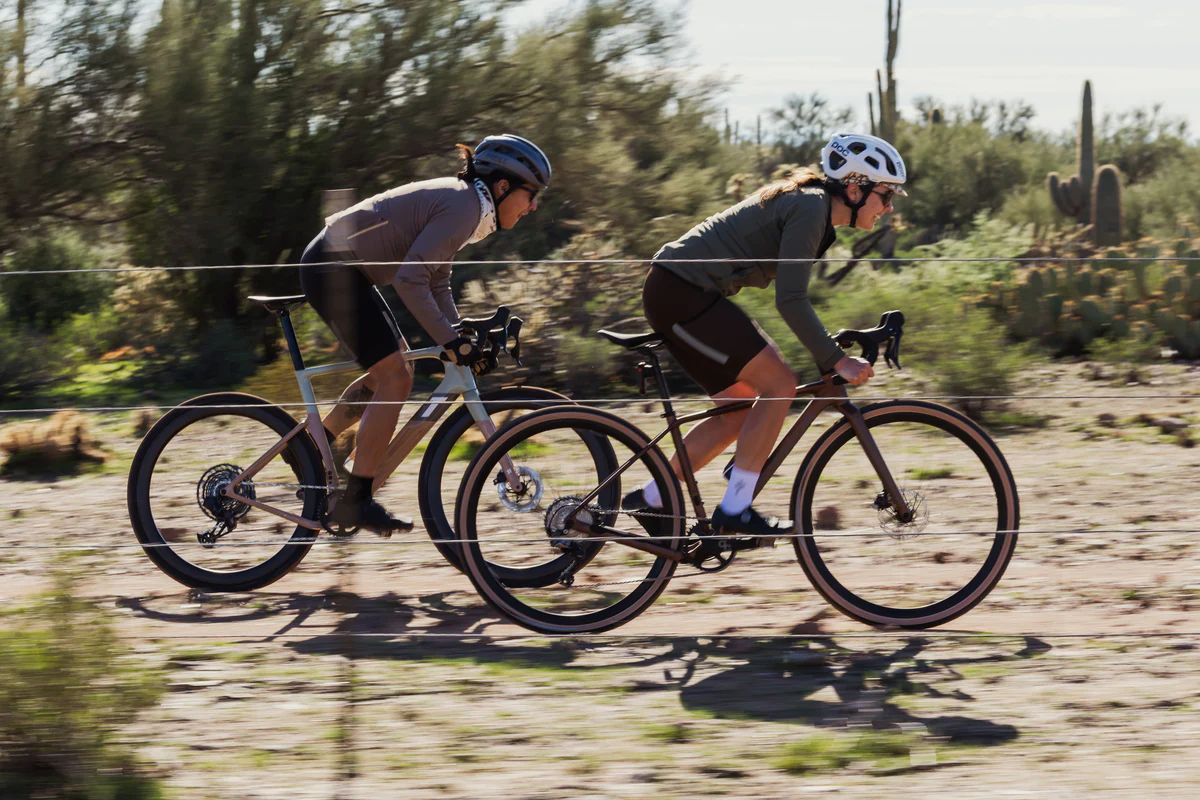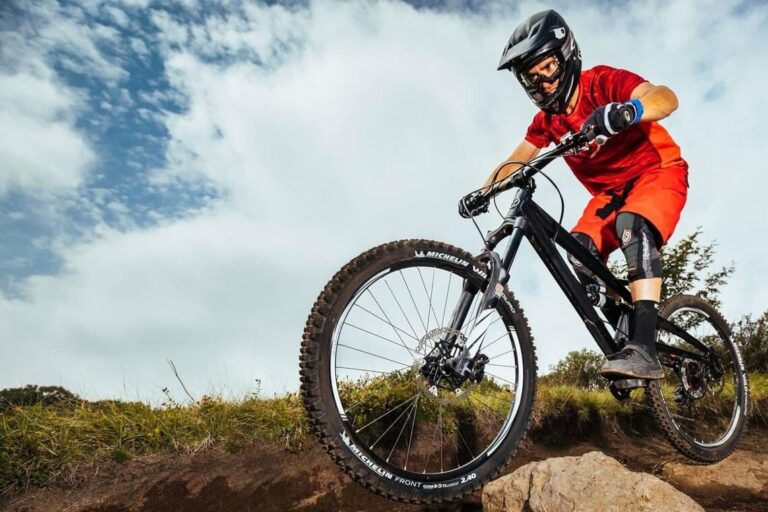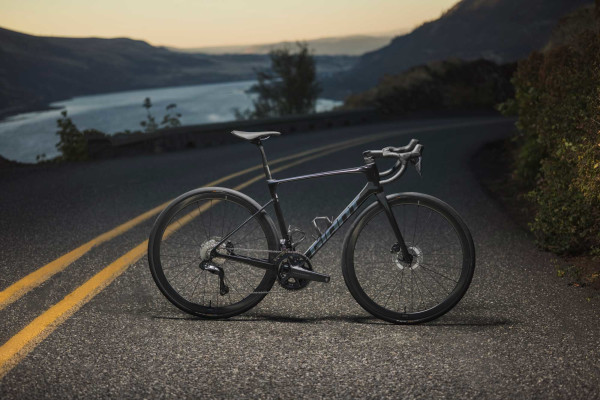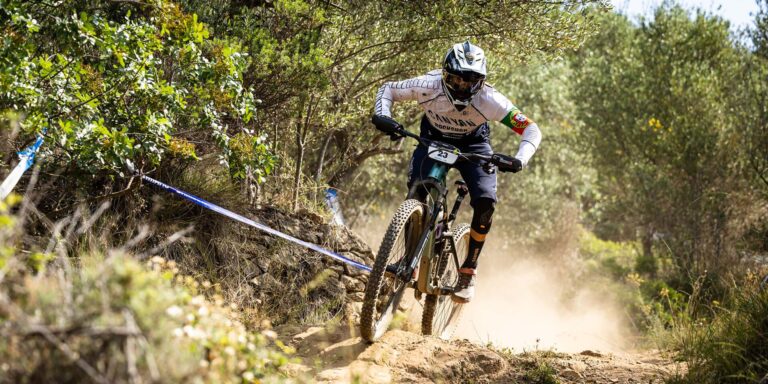Gravel Glory: Upgrading Your Gravel Bike
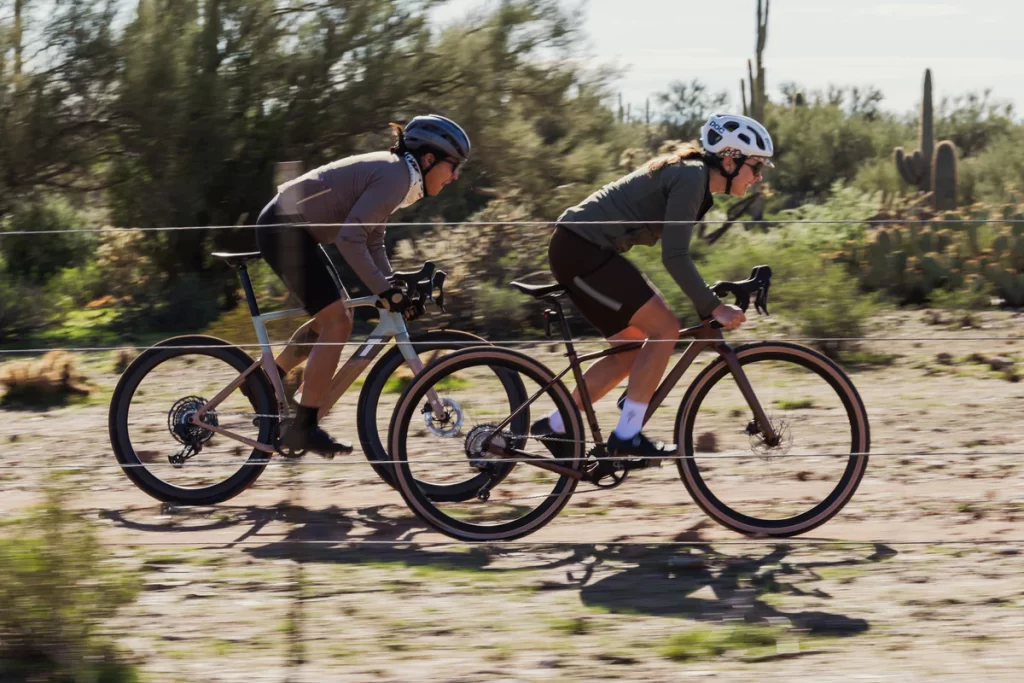
Key Point Summary of Upgrading Your Gravel Bike:
- Tires for Terrain Adaptability: Selecting the right tires can dramatically change your bike’s handling and comfort on various surfaces.
- Wheelset Weight Reduction: Lighter wheels can improve acceleration and climbing efficiency.
- Drivetrain Adjustments for Versatility: Tailoring your gearing to match your riding style and terrain can enhance your riding experience.
- Brake Upgrades for Reliable Stopping: Upgrading to higher-quality brakes can improve control and safety on descents and in poor weather.
- Cockpit Comfort: Adjusting handlebars, stems, and saddles can increase comfort and control on long rides.
- Suspension or Dropper Posts for Technical Terrain: Adding a suspension fork or dropper post can increase control and confidence on rough trails.
Upgrading your gravel bike can transform it from a trusty steed into a trail-blazing companion that’s ready to tackle any adventure you throw its way. As a masters cyclist who has delved into the worlds of mountain biking, gravel grinding, and cyclocross, I’ve gathered a wealth of knowledge on how to enhance a bike’s performance through thoughtful upgrades. This article is designed to guide cyclists with beginner to mid-level experience through the process of upgrading their gravel bikes, highlighting the components that offer the most bang for your buck in terms of performance enhancements.
Tires: The First Line of Defense
The choice of tires is paramount in gravel biking, where conditions can vary from smooth, hard-packed dirt to loose gravel and mud. The right tires not only provide the necessary traction but also contribute to the bike’s overall comfort. Opting for wider tires with a tread pattern suited to your most frequented terrain can make a significant difference in your bike’s capability.
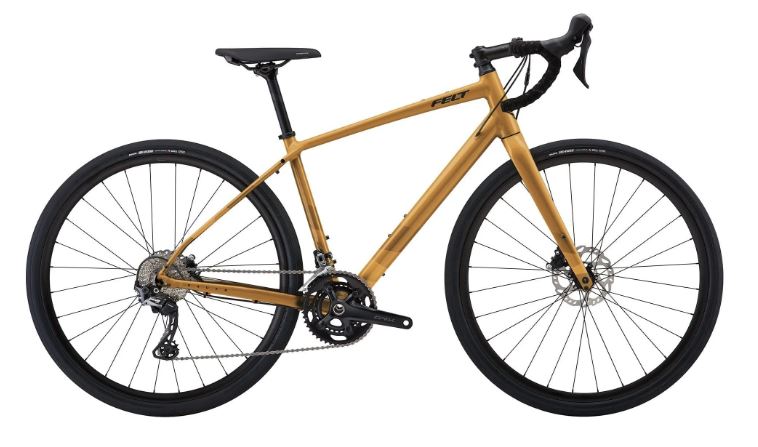
Lighter Wheels for Livelier Rides
Upgrading to a lighter wheelset is one of the most noticeable changes you can make to a gravel bike. Lighter wheels require less effort to spin up to speed and can make climbing feel easier. They also improve the bike’s handling, making it more responsive when navigating through technical sections.
Drivetrain: Tailoring Your Gearing
The drivetrain is the heart of your bike’s mechanical system, converting your efforts into forward motion. Gravel riding often involves a mix of steep climbs, long flats, and everything in between. Upgrading your drivetrain components, such as installing a wider-range cassette or a more efficient crankset, can provide you with the gears necessary to tackle any challenge.
Brakes: The Safety Upgrade
Reliable brakes are crucial, especially when descending on loose surfaces. Upgrading to higher-performance disc brakes can offer more consistent stopping power, better modulation, and improved performance in wet and muddy conditions, enhancing your confidence and control over the bike.
Cockpit Adjustments for Endurance
The setup of your handlebars, stem, and saddle—collectively known as the cockpit—plays a significant role in your comfort, especially on longer rides. Upgrading to a handlebar with a shape that suits your preferences, a stem that puts you in the optimal riding position, or a saddle that fits you better can greatly improve your endurance and enjoyment on the bike.
Embracing New Technology
For those who frequently encounter very rough or technical terrain, considering a suspension fork or a dropper post might be worthwhile. A suspension fork can absorb shocks and vibrations, making for a smoother ride, while a dropper post allows you to lower your saddle on the fly for better control during technical descents.
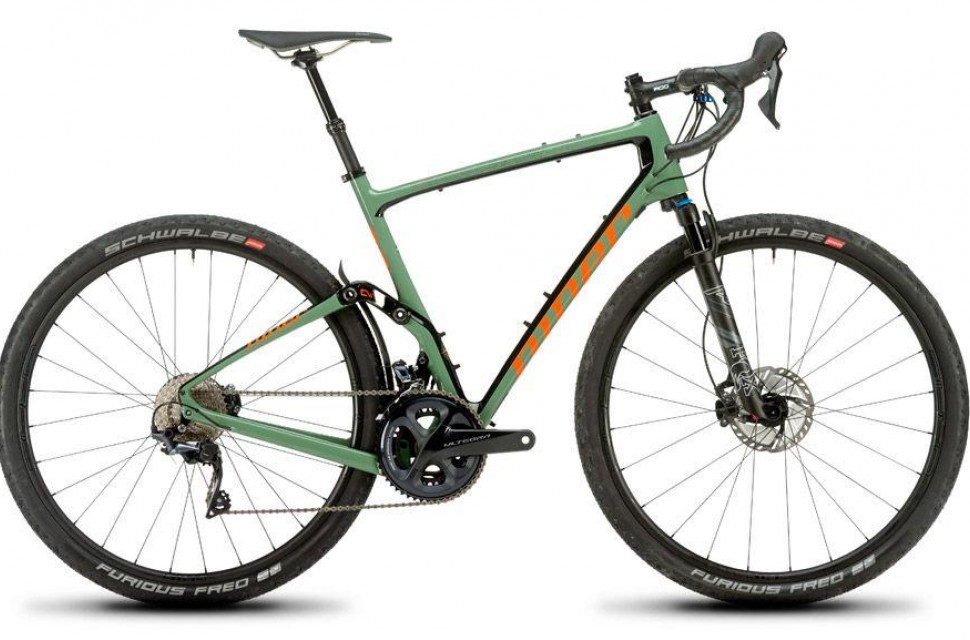
Upgrading Your Gravel Bike: In Conclusion
Upgrading your gravel bike is a journey of customization, transforming it to better match your riding style, improve performance, and increase comfort. While the initial setup of your gravel bike might be adequate for getting started, these targeted upgrades can significantly enhance your riding experience, making every adventure more enjoyable. The best upgrades are those that address your specific needs and help you achieve your cycling goals, whether that’s riding further, faster, or with more confidence.
One model that stands out for its versatility and upgrade potential is the Canyon Grail. The Grail line offers a solid foundation with its innovative design, including models with the unique double-decker handlebar for added comfort on long rides, and a frame that expertly balances stiffness and compliance for diverse gravel riding experiences.
The Canyon Grail’s appeal for upgrades lies in its adaptability to a wide range of components and enhancements. Whether you’re looking to improve comfort, performance, or both, the Grail’s design allows for significant customization. You can upgrade the wheels for better rolling efficiency and durability on rough terrain, swap out the tires based on the specific demands of your rides, or even upgrade the drivetrain components for smoother shifting and greater reliability.
Moreover, its geometry supports both aggressive racing stances and more relaxed, endurance-oriented positions, making it a great platform for experimenting with different setups to find what works best for you. From adding a dropper post for technical descents to upgrading to a carbon wheelset for weight savings and improved ride quality, the Canyon Grail presents a versatile base that can grow with you as your preferences and skills evolve.
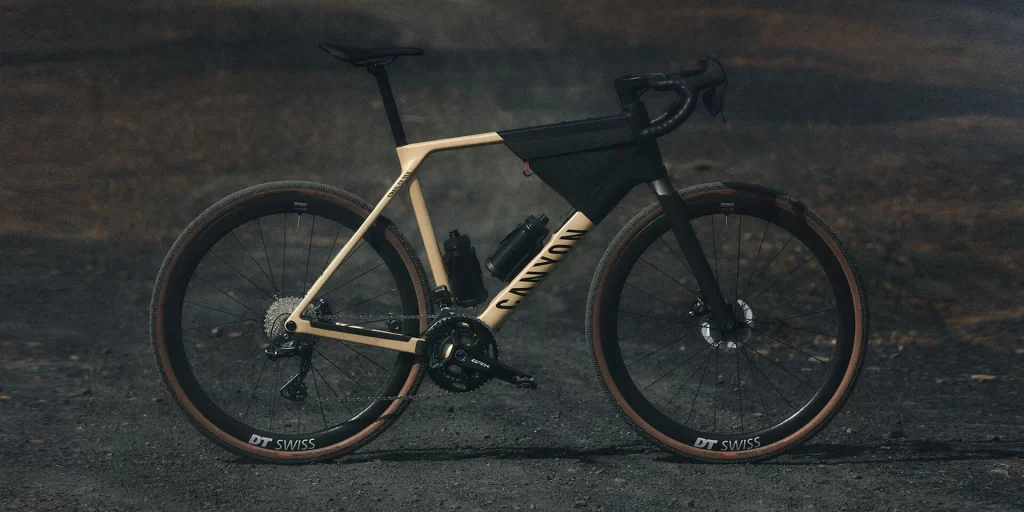
FAQ
How do I upgrade my gravel bike?
To upgrade your gravel bike, focus on components that enhance performance and comfort for your specific riding conditions, such as wheels, tires, drivetrain, and handlebars for better handling, efficiency, and comfort on varied terrain.
Can gravel bikes really do it all?
Gravel bikes are highly versatile, designed to handle a wide range of conditions from road to rough gravel paths, making them capable of “doing it all” for many cyclists, though extreme terrain might require more specialized bikes.
What is the best bike to convert to a gravel bike?
A road bike with clearance for wider tires and a robust frame is often the best candidate for conversion to a gravel bike, allowing for the necessary tire upgrades and potentially some changes to gearing and handlebars for off-road suitability.
Can I turn my bike into a gravel bike?
Yes, you can turn your bike into a gravel bike with a few modifications, mainly by fitting wider, more rugged tires for off-road traction, possibly upgrading your gearing for varied terrain, and ensuring your bike has adequate clearance and robustness for gravel riding.
